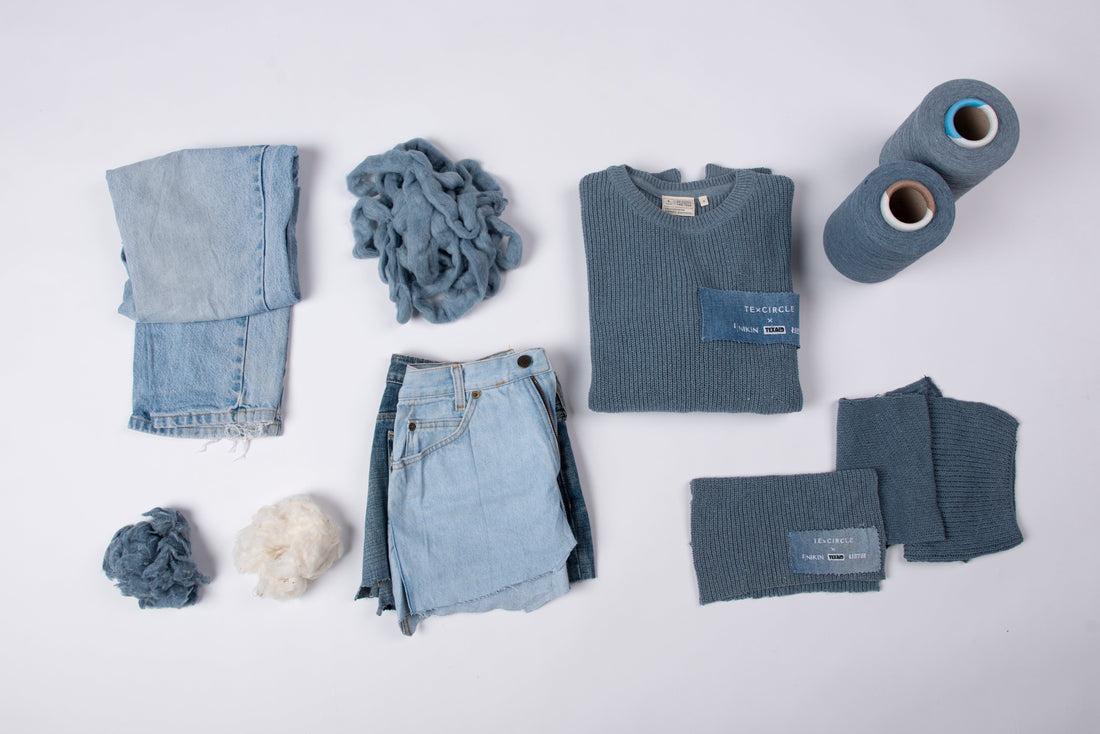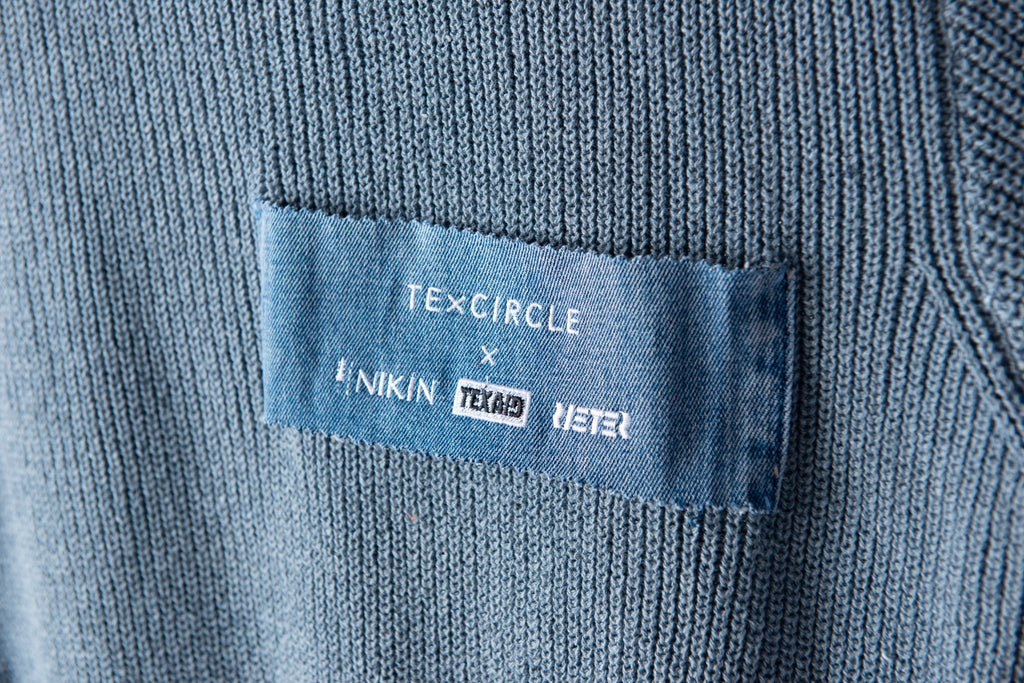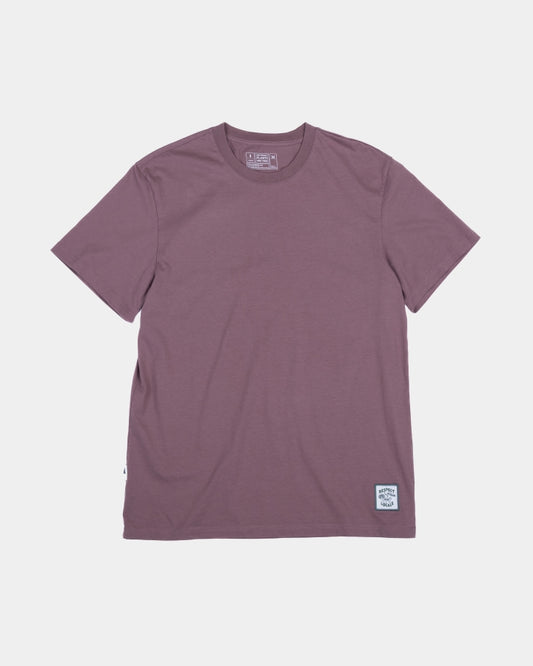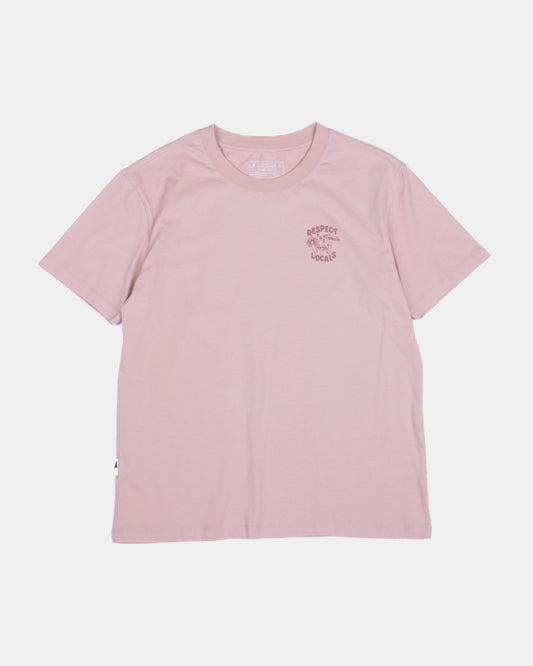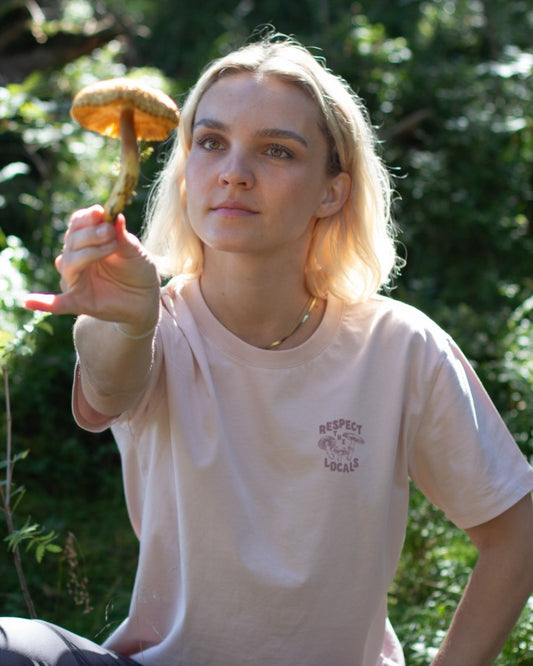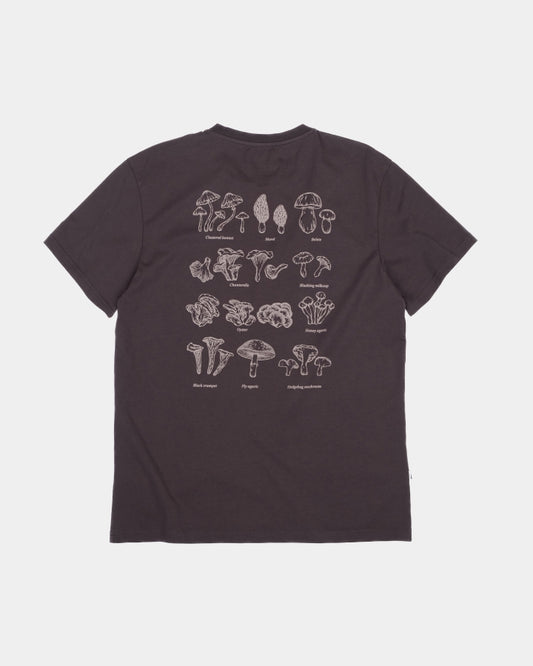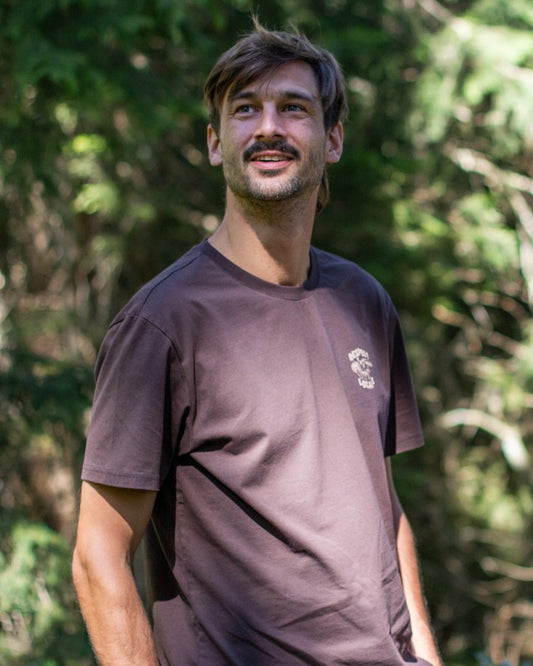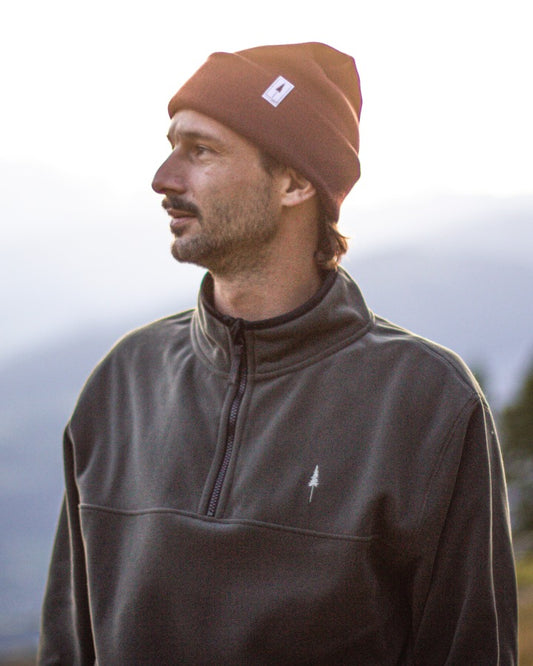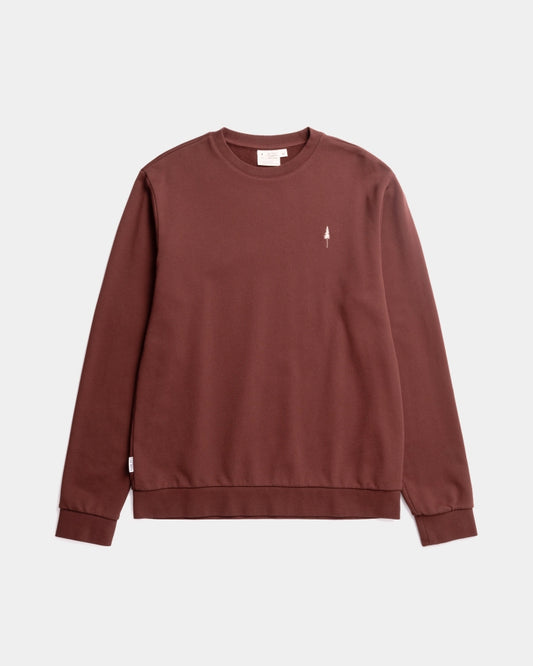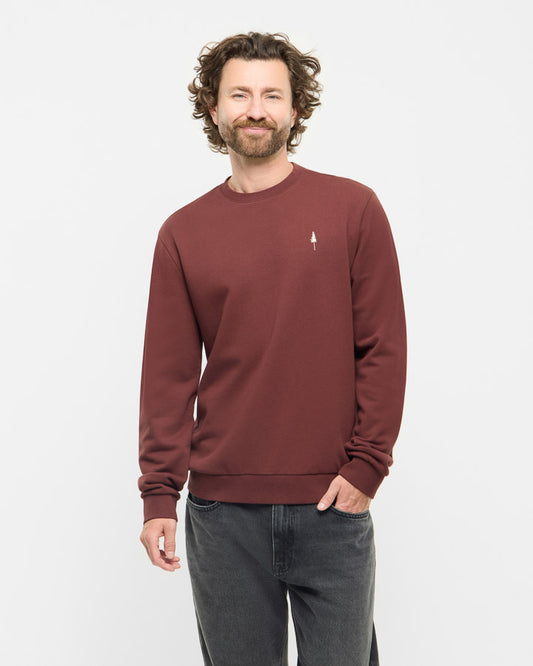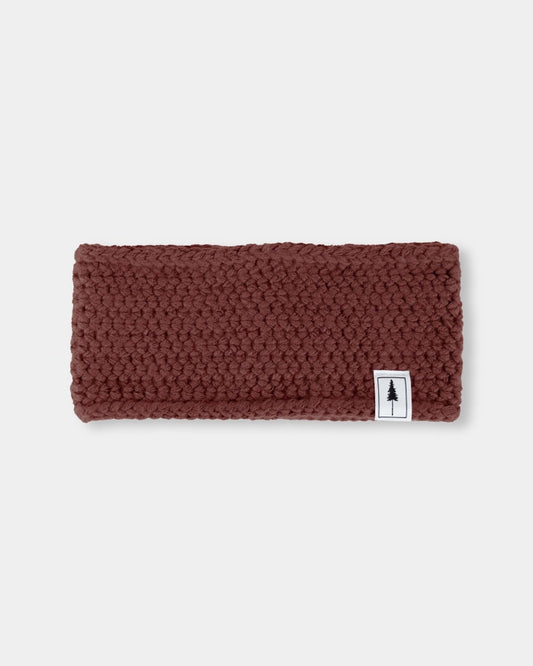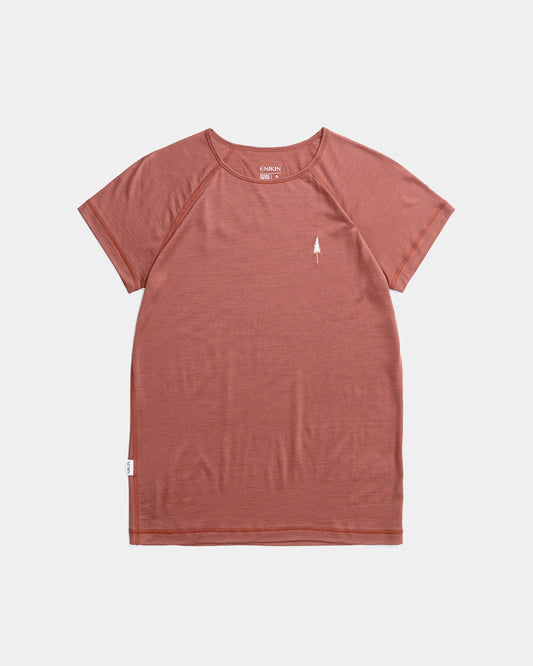A research team at Lucerne University of Applied Sciences and Arts has one goal: our society must learn to close the textile loop. The Product and Textile research group is working with companies from the textile industry to find out how this works in the "Texcircle" project, which NIKIN supported as a network partner. as a network partner.
You don't necessarily have to own a fashion brand to be aware of the lack of sustainability in this industry. There are now at least as many humanitarian disasters in textile factories every day as there are labels jumping on the "sustainable collections" bandwagon. Where does this lead? Anyone who finishes asking this and all subsequent questions will probably come to the uncomfortable truth that, in theory, we should all stop producing fashion until the last seam of all existing clothes has been re-used, re-cycled or worn to uselessness. Would that really solve our global problem? Probably not.
 Image: Our clothing consumption must not harm the environment. ©HSLU
Image: Our clothing consumption must not harm the environment. ©HSLU
Textile cycle
We at NIKIN have already achieved a lot, but still have at least as much ahead of us. Every day, we do our best to develop in awareness of this fallibility. We aim to make improvements at various levels, be it in sales, design, collection or reuse of materials. For example, we have already launched a Reuse Collection, which is made from partly recycled waste materials from older from older editions. For us, this collection was a symbol of circularity and the more conscious use of resources - but (unfortunately) not yet part of everyday life in the fashion industry.
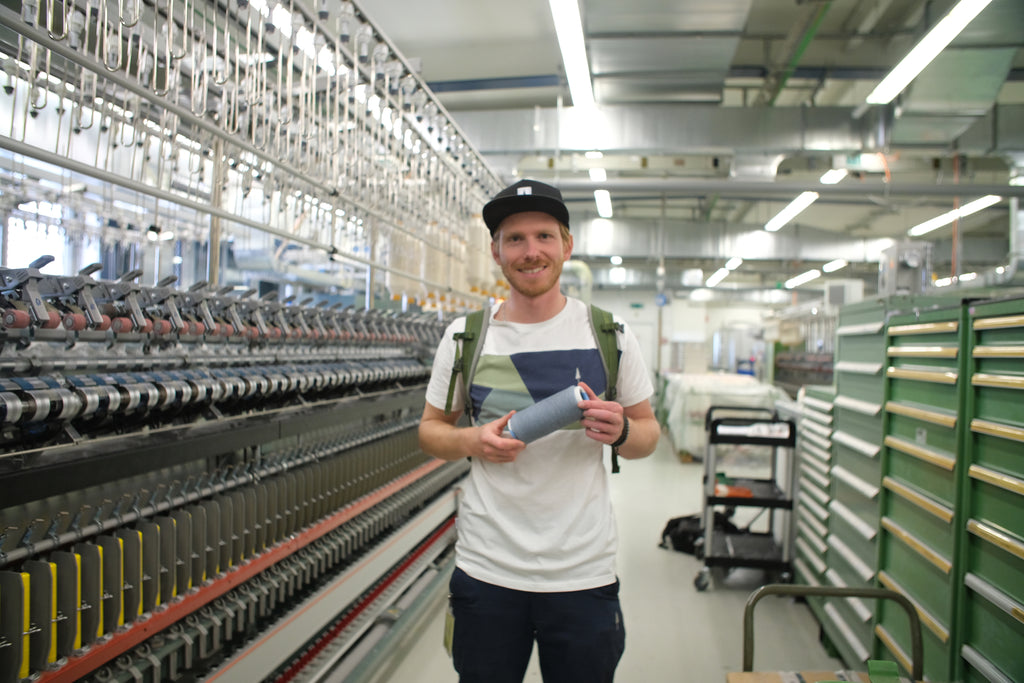
Image: Robin and the yarn. Ivan Schnoz
In search of pure substance
For the researchers at Lucerne University of Applied Sciences and Arts (HSLU), it is also clear that we need to manage to recycle our old clothes much better than before so that the textile cycle can be closed. In simple terms, this means that old sweaters or T-shirts are not burned or turned into rags, but rather into new clothing that ends up back in the store. Tina Tomovic and the team from the HSLU's Product and Textile Research Group have been researching how this could work together with companies from the industry in the "Texcircle" project - which NIKIN supported as a network partner supported as a network partner.

Image: A sweater prototype. ©HSLU
Old jeans become new sweaters
The entire recycling process chain was investigated, from the collection of used clothing, sorting and subsequent tearing to the spinning of the resulting raw material into new yarns and fleeces. As part of the two-year project, several prototypes were created based on the used textiles. For example, the Winterthur-based company "Rieter" produced a yarn for pullovers from old jeans. Samples are currently lying on the workbench of NIKIN co-founder Robin Gnehm in Lenzburg. As there is still some leftover yarn, we would like to give the "Texcircle" project a second life in the spirit of the circular economy. A limited collection is planned for 2023.
More information:
#staytuned





